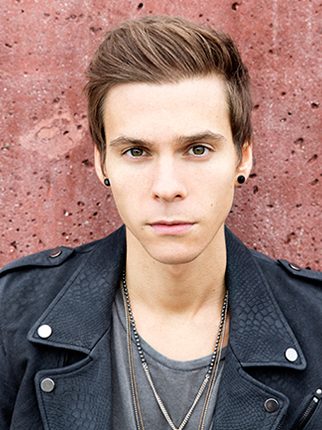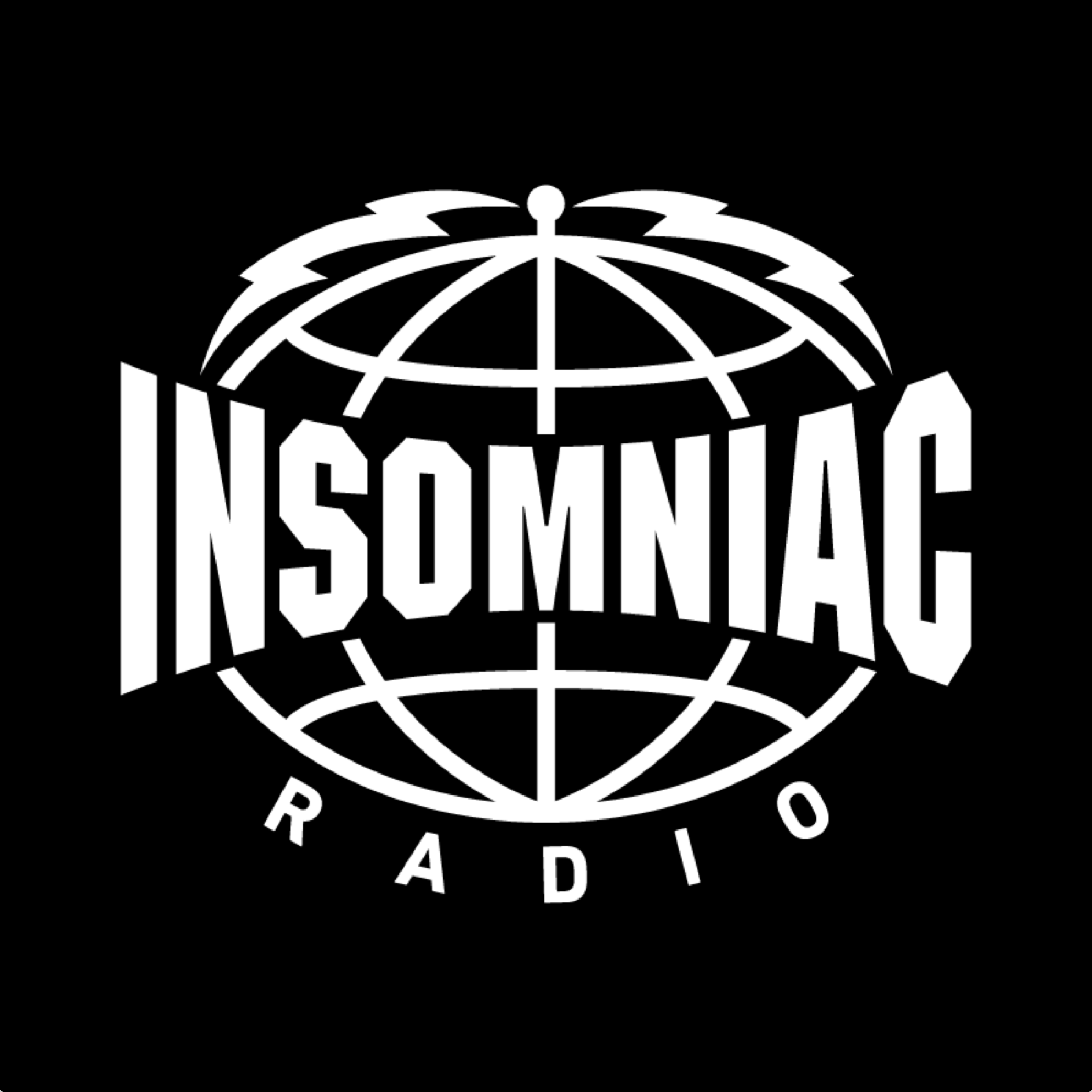Matthew Koma: The Voice of EDM

If you’re an EDM fan, you probably know the words to at least one Matthew Koma song. Since 2012, the young singer-songwriter (he just turned 27 on June 2) has co-written hit tracks for seemingly every top EDM producer in the game, from Sebastian Ingrosso and Alesso (“Calling (Losing My Mind)”) to Hardwell (“Dare You”) to—most famously—Zedd, for whom he penned the monster hits “Spectrum” and “Clarity.” And he’s just getting started: This summer will see the release of new Koma collabs with Tiësto, Afrojack, and rising progressive house star Arty, the first artist signed to Insomniac Records.
Growing up on Long Island just outside New York, Koma seemed destined for a different kind of music stardom. The first instrument he picked up was the guitar. While still a teenager, he hit the singer-songwriter circuit, playing tunes that had more in common with OneRepublic or his idol, Bruce Springsteen, than with what was happening in dance music. Signed to Cherrytree Records, a division of Interscope, he began writing pop songs for other artists like Far East Movement and Carly Rae Jepsen while working on his own debut album, which he hopes to release later this year. Then someone sent him an Ingrosso and Alesso track, and he discovered a passion for EDM he never knew he had.
You started writing songs when you were nine. What kind of music were you into at that age?
I grew up playing in a lot of bands and had a pretty wide scope of what I listened to. I had an older brother who was a drummer in a lot of hardcore bands, so I found myself at a pretty young age being a part of that scene in New York. I was really fortunate to have a musical household that supported listening to a lot of different stuff.
Were you into electronic dance music from a pretty early age, or was it not so much your thing?
I was always aware of it, and I was always listening to records and artists through friends. In a strange way, growing up in the punk rock scene, it kind of went hand-in-hand with the kids who were listening to dance music.
You were both [into] this underground music that wasn’t reliant on commercial avenues. How did your first EDM collaborations come about?
I was sent a track by Sebastian Ingrosso and Alesso for “Calling.” Usually when you’re writing for other artists, there are guidelines: “We’re looking for this kind of thing.” This was one of the first times where they were like, “We kinda want you to do your thing—do what will come naturally to you, and not necessarily write for it like you’re writing for a dance song.” So that was the first song where I kind of cracked that code of marrying the two worlds together—of coming from a singer-songwriter stance, but dressing it in the production of an electronic song.
For the Tiësto album, did you guys collaborate together in the studio, or did you work remotely, trading tracks back and forth?
Every song was a different process. “Wasted” was a song I had a hook for, and once Tijs had heard it and dug it, he started working on the production. Then he met me in L.A., and we sussed it out. For a song like “Set Yourself Free,” he had the vocal, but he wanted me to help out on some lyrics and some melody, so I dove in there. “A Town Called Paradise” was Tiësto and I talking about how we both really love The Killers and doing something in that world. So every song was a bit of a different journey.
You also contributed a couple of songs to the new Afrojack album.
Nick has been somebody who, for a while, we had so many friends in common trying to connect us, and we kept missing each other. It wasn’t until I was out on tour with Ellie Goulding and I rented a studio in Vienna for a night—he had sent me a track and I felt super inspired by it. I wound up writing the song that night and recording it and feeling really stoked. It was called “Keep Our Love Alive.” It was one of those moments of inspiration that kinda just struck.
Are you doing a lot of touring yourself these days, or does most of your travel involve bouncing around to different studios for all these collaborations?
It’s pretty much everything. I have a lot of touring and performances coming up with Tiësto promoting “Wasted,” I have a lot of performances with Afrojack for his record, and I have a lot of my own shows coming up. I’m actually heading to Canada tomorrow to play a show with Steve Aoki, then headed to Vancouver to do a show by myself there. I really like being able to wear all these different hats.
Can you tell us what your appearances at EDC are going to consist of? Or is it to be determined?
It’s a bit to be determined, honestly. I know for sure Tiësto and I are gonna be doing some stuff there, but as far as what else, I think it will remain to be seen until the show.
As a singer-songwriter from the New York area, it must have been a career highlight that you got to remix a Bruce Springsteen track.
It was crazy. Ron Aniello is a dear friend of mine and produced a lot of Bruce’s records. He came to me like, “Look, they want kind of a different take on this song. Would you take a stab at it?” Of course! I kinda went all out, took his vocals and replayed a bunch of stuff. I didn’t hear anything for a couple weeks, so I was like, “Damn! I should’ve played it safer, just so I got to work with The Boss. I hope he didn’t hate it.” Then I got a call that he heard it and he loved it. I was like, “God, I’ve seen 35 Springsteen shows. That was my first concert. Thunder Road is the reason I play music every day.” It was mind-blowing. That and getting to perform “Clarity” with Sting at a Cherrytree event were both kind of mind-blowing.
What do you think it is about your songwriting that connects with so many electronic producers?
I don’t know. I mean, it’s probably best to answer that from my perspective of, what is it about electronic producers that connects with me? Which is: Because we’re coming from two things that don’t always live in the same space together, it makes for something unique and special. When you listen to a great song on an acoustic guitar, it’s gonna connect to you one way; if you listen to a great instrumental track at a festival of 30,000 people, it’s gonna connect to you in a more euphoric way. But the common thing there is that it’s connecting. I think finding a way to marry those two separate things together just creates this unique force. I’ve just been lucky to be a part of a couple of those collaborations and projects that found that space.



